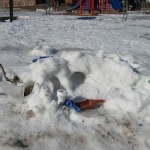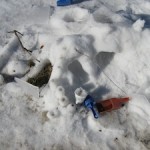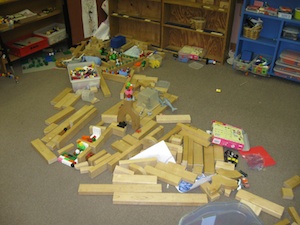This is the third movie in a series of movies made by first grader CS.
-
Archives
- December 2024
- November 2024
- January 2024
- December 2023
- October 2023
- January 2023
- October 2022
- August 2022
- May 2022
- April 2022
- October 2021
- September 2021
- April 2021
- March 2021
- December 2020
- November 2020
- October 2020
- September 2020
- May 2020
- November 2019
- August 2019
- October 2018
- August 2018
- June 2018
- March 2018
- December 2017
- October 2017
- September 2017
- May 2017
- April 2017
- February 2017
- January 2017
- October 2016
- September 2016
- August 2016
- June 2016
- February 2016
- December 2015
- November 2015
- September 2015
- August 2015
- July 2015
- June 2015
- May 2015
- April 2015
- March 2015
- January 2015
- December 2014
- October 2014
- July 2014
- May 2014
- April 2014
- March 2014
- February 2014
- January 2014
- December 2013
- November 2013
- October 2013
- September 2013
- July 2013
- June 2013
- May 2013
- April 2013
- March 2013
- January 2013
- December 2012
- November 2012
- September 2012
- July 2012
- June 2012
- May 2012
- April 2012
- March 2012
- February 2012
- January 2012
- December 2011
- November 2011
- October 2011
- September 2011
- August 2011
- July 2011
- June 2011
- May 2011
- April 2011
- March 2011
- February 2011
- January 2011
- March 2010
- January 2009
-
Meta






